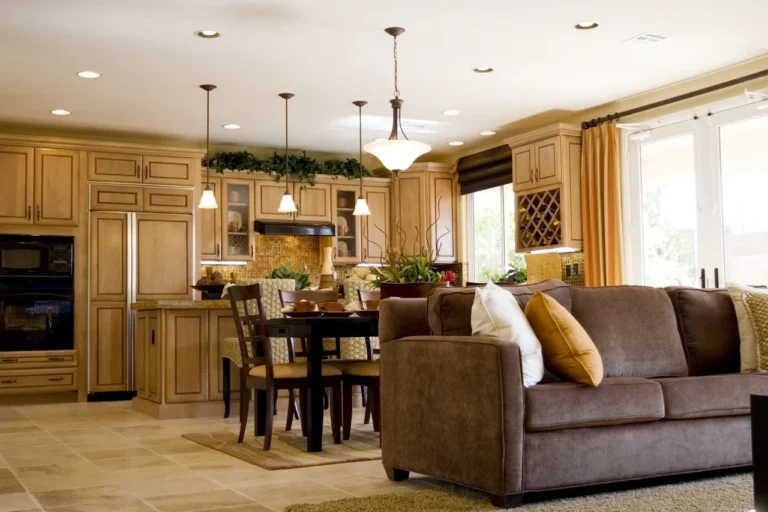Introduction
The rules surrounding rental agreements can feel complex, especially when it comes to month-to-month leases. One of the most common questions landlords and property managers ask is: Is a 30-day notice required for a month-to-month lease in California? The short answer is yes—but with important exceptions. California law clearly defines when a 30-day notice applies, when a 60-day notice is required, and what circumstances may allow shorter timelines. Understanding these rules helps property managers avoid costly legal mistakes and ensures smoother transitions with tenants.
Month-to-month leases remain popular in California’s fast-moving housing market. They offer flexibility for both tenants and landlords, but with flexibility comes the responsibility to follow state law on proper notice. In this article, we’ll explore the 30-day notice requirement for month-to-month leases in California, the exceptions, how to deliver notice properly, and what both tenants and landlords should know about their rights and responsibilities.
What Is a Month-to-Month Lease in California?
A month-to-month lease is a rental agreement that automatically renews every month unless either party ends it with proper notice. It works well for tenants who want flexibility and for landlords who prefer short-term commitments.
Key Features of Month-to-Month Leases
- Automatic Renewal: Unless notice is given, the lease continues every month.
- Flexibility: Landlords can raise rent or adjust terms with proper notice, and tenants can move without a long-term contract.
- Short Commitment: Unlike fixed-term leases, tenants and landlords are not tied to a lengthy contract.
Month-to-Month vs. Fixed-Term Leases
While a fixed-term lease (such as a 12-month agreement) locks in tenants for a set period, a month-to-month lease offers freedom to leave or change terms with notice. However, California law ensures both sides follow proper notice requirements before ending a rental.
Legal Notice Requirements: 30-Day and 60-Day Rules
Under California Civil Code Section 1946.1, landlords and tenants must follow specific notice requirements for ending a month-to-month lease.
- 30-Day Notice: If a tenant has lived in the rental for less than one year, landlords must give at least 30 days’ written notice.
Example: A tenant has lived in the unit for 10 months. The landlord decides to end the lease. The tenant must receive written notice 30 days before the move-out date. - 60-Day Notice: If a tenant has lived in the unit for one year or more, the landlord must give at least 60 days’ notice.
Example: A tenant has stayed for 18 months. The landlord must provide a 60-day written notice before requiring the tenant to leave.
Failing to provide the correct notice length may invalidate the termination, forcing landlords to restart the process.
Exceptions to the 30-Day Notice Rule
While the 30-day notice for a month-to-month lease in California is standard, exceptions exist.
For-Cause Termination
If tenants violate lease terms, landlords may issue shorter notices:
- Nonpayment of Rent: A 3-Day Notice to Pay Rent or Quit.
- Violation of Lease Terms: A 3-Day Notice to Cure or Quit.
- Illegal Activity: A 3-Day Unconditional Quit Notice with no chance to fix the issue.
Special Circumstances
- Sale of Property: If sold to a buyer who intends to occupy, tenants may face shorter notice, though landlords must still follow California law.
- Uninhabitable Property: Natural disasters or condemnation may allow immediate termination.
How to Deliver a 30-Day Notice Properly
California law requires specific delivery methods to make the notice legally valid:
- In-Person Delivery: Handed directly to the tenant.
- Certified Mail: With return receipt for proof.
- Posting and Mailing: Posted on the door and mailed if the tenant cannot be reached.
Landlords should always document delivery to avoid disputes.
Tenant Rights and Responsibilities After Receiving Notice
Tenants also have legal rights and duties once notice is given:
Rights:
- Remain in the unit until the notice period ends.
- Dispute unlawful or retaliatory notices through legal channels.
Responsibilities:
- Pay rent during the notice period.
- Leave the property in good condition and attend the move-out inspection.
Common Issues With 30-Day Notices
Property managers often run into problems when issuing notices:
- Wrong Notice Length: Giving a 30-day notice to a tenant of more than one year.
- Improper Delivery: Verbal notice or text message is not legally valid.
- Tenant Disputes: Tenants may challenge notices they believe are retaliatory.
Consequences of Improper Notice
If a landlord fails to provide proper notice, the tenant may not have to leave. This could delay finding a new tenant and may even expose the landlord to legal claims for wrongful eviction or relocation costs.
Frequently Asked Questions
Can a landlord give less than 30 days’ notice in California?
No, unless it’s a for-cause termination such as nonpayment of rent or illegal activity.
What happens if the notice is incorrect?
The landlord must restart the process with a valid notice.
Do tenants still pay rent after receiving a 30-day notice?
Yes, tenants must continue paying rent until the end of the notice period.
Conclusion
The 30-day notice for month-to-month lease in California is a key part of managing rental properties. For tenants of less than one year, 30 days is required. For longer-term tenants, landlords must give 60 days. By following the law, delivering notice properly, and respecting tenant rights, property managers can avoid disputes and ensure smooth transitions.
Turn Your Passion for Property Management Into Profit
Join our franchising program and learn how to become a successful property manager. We provide full training, tools, and support to help you grow your business. Learn More About Franchising Opportunities.
Already managing rentals? Let us handle day-to-day operations while you enjoy hassle-free ownership. From tenant relations to maintenance, contact us today to learn more about our property management services.





